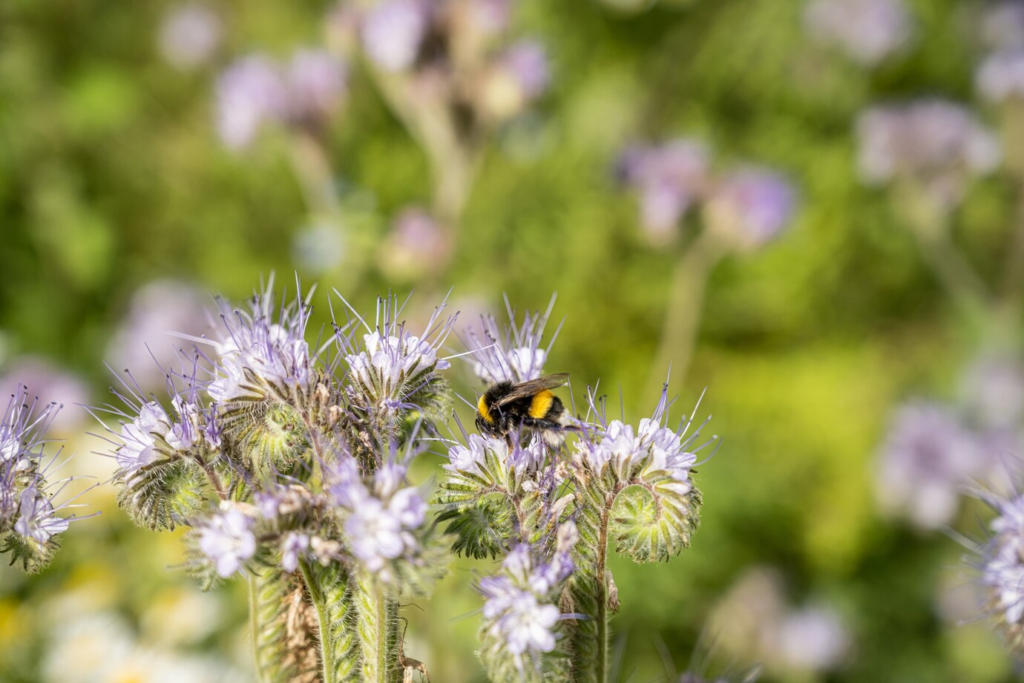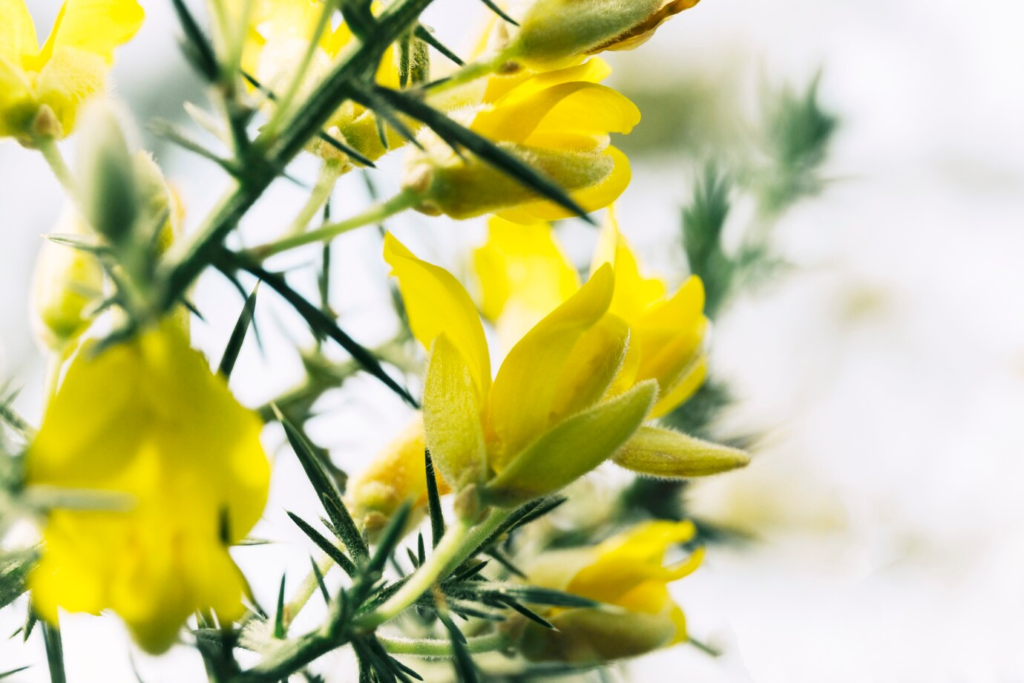Your Guide to Chaos Gardening: How to Use This Carefree Method

Chaos gardening is an easy and simple method for using leftover seeds that anyone can try. Instead of sowing seeds in straight rows or in a carefully planned landscape, you mix up all the old seeds from previous seasons, plant them and see what grows.
Unlike intercropping, where multiple crops are planted close together to promote better growth, chaotic gardening is completely unplanned. This gardening trend will not only help you sort out your seed supply, but it will also bring excitement, surprise, and chaos to your garden.
While the whole point of chaotic gardening is to relax and have fun, a few simple tips can help you get the most out of it. Keep reading for our guide to chaos gardening.
What Exactly Is Chaos Gardening?
Gardening experts, books and instructions on seed packets often recommend that growers sow the seeds of each crop together, with a certain interval between plantings. These rules exist for a reason; Sowing seeds in even rows at appropriate intervals will create optimal conditions for plant growth. Chaos gardening is throwing the rules out the window.
Think of chaotic gardening as an inexpensive experiment that will also help you clear out your old seed collection from previous seasons. Some seeds may not germinate, while others purchased many years ago may. However, the results are surprising, instructive and even beautiful. The process is also free, especially if you’re the type of grower who wants your garden to look perfect.

How to Plant a Chaos Garden
If you have some spare space in your yard or garden, or even a decent-sized planter, you can grow your own chaos garden. Here are some basic instructions to help you get started.
Gather Your Seeds
Get your collection of seed packets from past seasons. Annual vegetables, herbs, flowers and fruits such as cantaloupe and cherries are all fair game. Even if your seeds last longer than the recommended expiration date on the package, there’s still a chance they’ll surprise you, and that’s part of the fun.
At this point you can sort the seeds by size. Place larger seeds, such as cucumbers, beans and peas, in one bowl and smaller ones, such as carrots, beets and lettuce, in another. Planting larger seeds first can help you achieve better results.
Since you’re probably dealing with seeds that are at least a few years old, you can help them germinate by soaking them first. Simply add warm water to cover the seeds in each bowl and let them soak overnight. The next morning, strain the seeds and dry them on a clean paper or kitchen towel, keeping the large and small seeds separate. Mix a few handfuls of fresh, dry soil in each bowl to make it easier to randomize the seeds.
Prepare the ground
Remember, this is chaos gardening, so you can be as lazy or as finicky in your approach as you like. You can till the soil as usual before planting, or simply rake the top few inches to loosen the soil. Another method is to sprinkle a few inches of compost onto the existing soil without tilling it and plant your chaos garden in it.
You don’t have to plant your chaotic garden in the ground. A raised bed, a large pot or planter box, or even a storage tank or kiddie pool with drainage holes in the bottom can serve as containers for garden chaos.
Plant your seeds
Start with larger seeds first. Scatter some of the coarse seed mixture evenly over the soil. Once the large seeds are gone, add a half-inch to an inch of potting soil or compost on top of this layer.
Then sprinkle the granule mixture onto the soil. Cover it with a thin layer of soil or compost.
Tend to your chaotic garden – or not
At this point, you can free your hands and practice as you please. Some chaotic gardeners prefer to let nature take its course, waiting for rain rather than watering regularly and letting the weeds do their thing.
Another option is to care for your garden grass as you would the rest of your garden, making sure the plants get enough water, pulling out weeds and trellises, or supporting larger plants that may be shading out other plants. It’s up to you!
Look what’s growing
Now comes the fun part: seeing what pops up in your chaotic garden. Perhaps the sunflowers you planted years ago will flourish, or the melons you rescued from an heirloom plant two seasons ago will sprout. Maybe nothing will happen, and that’s okay! The whole point of the Chaos Garden is to help you take risks and let go of perfection. Whatever happens, you’ve had some fun and saved some space in your seed supply for next year.